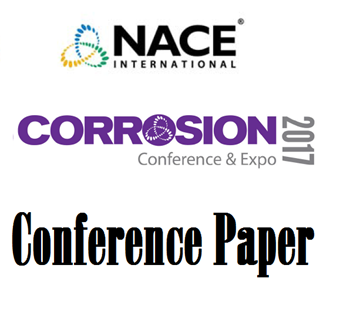Search
Individual Conference Papers
View as
Sort by
Display
per page
Hydrogen Embrittlement of ASTM A320 L7 & L43 Grade Carbon Alloy Steel Bolts in Subsea Environments
Product Number:
51319-12785-SG
Publication Date:
2019
$20.00
Hydrogen embrittlement of high strength austenitic stainless steels
Product Number:
51323-19269-SG
Publication Date:
2023
$20.00
Hydrogen Embrittlement of High Strength Precipitation Hardenable Nickel Alloys
Product Number:
51319-13161-SG
Publication Date:
2019
$20.00
Hydrogen Embrittlement of SS316L Instrument Tubing in a Hydroprocessing Unit
Product Number:
513020-14357-SG
Publication Date:
2020
$20.00
Hydrogen Embrittlement of SS316L Instrument Tubing in a Hydroprocessing Unit
Product Number:
51320-14357-SG
Publication Date:
2020
$20.00
Hydrogen Embrittlement Resistance of Oil Patch Alloy 718 and Its Correlation to the Microstructure
Product Number:
51321-16393-SG
Publication Date:
2021
$20.00
Hydrogen Embrittlement Susceptibility in Corrosion Resistant Materials for Fasteners
Product Number:
51323-18763-SG
Publication Date:
2023
$20.00
Hydrogen Embrittlement Susceptibility of Steel Armour Wires for Flexible Pipes
Product Number:
51320-14489-SG
Publication Date:
2020
$20.00
Hydrogen Embrittlement Under Cathodic Protection of Friction Stir Welded UNS S32760 Super Duplex Stainless Steel
Product Number:
51319-12994-SG
Publication Date:
2019
$20.00
Hydrogen in Steels: A Critical Review and Recommended Practices
Product Number:
51317--9548-SG
ISBN:
9548 2017 CP
Publication Date:
2017
$20.00
Hydrogen Induced Stress Cracking of Swaged 25Cr Super Duplex Stainless Steel Subsea End-Fittings
Product Number:
51319-12963-SG
Publication Date:
2019
$20.00
Hydrogen Permeability of IVD and Electroplated Al Coatings by Electrochemical Permeation Cell Technique
Product Number:
51315-5985-SG
ISBN:
5985 2015 CP
Publication Date:
2015
$20.00












